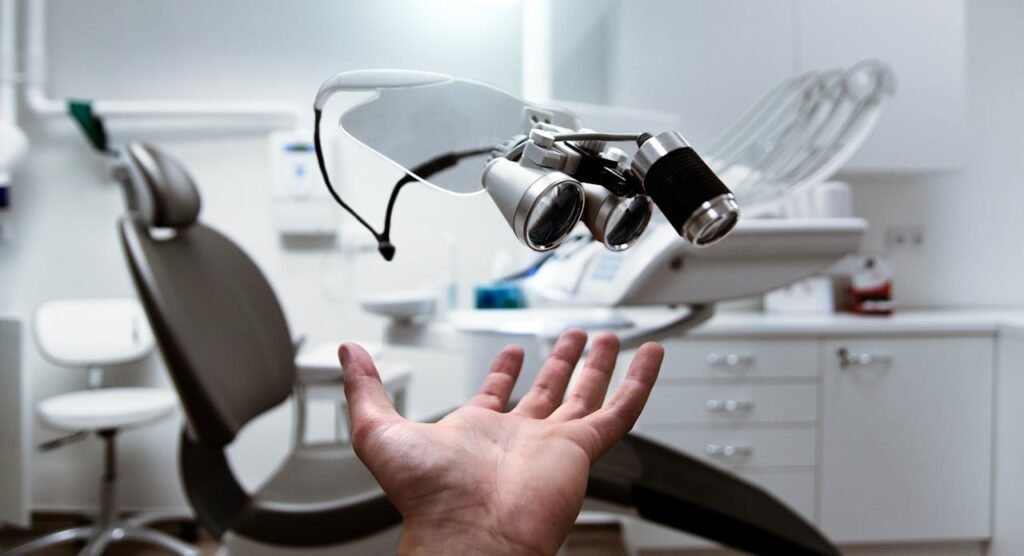Understanding Home Medical Equipment
Home medical equipment includes devices and supplies like hospital beds, wheelchairs, oxygen concentrators, and blood pressure monitors designed to help individuals manage and monitor their health conditions from home. A common question arises for those exploring mobility scooters: Will Medicare pay for a mobility scooter? Understanding insurance coverage and selecting appropriate equipment is crucial for patients and caregivers. As healthcare shifts towards home-based care, home medical equipment becomes increasingly relevant. It enhances autonomy, improves quality of life, facilitates daily activities, and allows closer health monitoring.
Benefits of Home Medical Equipment
Home medical equipment offers numerous benefits, including enhanced comfort, faster recovery times, and increased control over healthcare management. It allows patients to manage their health routines without frequent hospital visits, leading to better stress management and faster recovery times. Additionally, patients can monitor their health more closely, enabling proactive decisions and better health outcomes, ultimately leading to greater independence.
Key Factors to Consider
When choosing home medical equipment, consider quality, durability, ease of use, cost, insurance coverage, and maintenance. Choose devices that meet high safety standards and are user-friendly, especially for those with limited technical skills. Evaluate your budget and ensure your insurance covers the necessary equipment, including Medicare. Ensure the equipment comes with a valid warranty and access to customer service for troubleshooting and repairs. It will help you make informed decisions about your medical needs.
Types of Home Medical Equipment
The home medical equipment available today caters to diverse health needs and conditions. Here are some common types:
- Mobility Aids: Products such as walkers, canes, and wheelchairs are crucial in helping individuals maintain their independence by facilitating safe movement.
- Respiratory Equipment: Devices like CPAP machines, nebulizers, and oxygen concentrators are indispensable for individuals with respiratory issues, providing critical support for breathing.
- Monitoring Tools: Items like blood glucose monitors, blood pressure cuffs, and heart rate monitors are essential for tracking vital signs. Regular monitoring can alert patients to potential health issues early on.
- Therapeutic Devices: Equipment such as heating pads, TENS units, and compression garments help alleviate pain and promote healing, contributing to overall well-being and comfort.
- Home Safety Products: Products that increase safety, such as bed rails, shower chairs, and grab bars, can dramatically lower the chance of falls and other accidents, making living spaces safer.
How to Choose the Right Equipment
To choose the right home medical equipment, consult your doctor, conduct thorough research on potential options, test the equipment before buying, and check the warranty and support. Consult your doctor for expert advice on the equipment’s suitability for your specific condition. Read reviews and compare products to identify the best choices. Test the equipment before buying to ensure comfort and usability. Ensure the product comes with a comprehensive warranty and reliable customer support.
Real-Life Examples
Real-life experiences highlight the effectiveness of home medical equipment. For instance, individuals with chronic obstructive pulmonary disease (COPD) often experience significant relief through the use of oxygen concentrators. These devices help maintain better oxygen levels, which can improve daily functioning and overall health. Similarly, managing chronic pain at home with therapeutic devices such as TENS units or heating pads has proven beneficial for many patients, allowing them to maintain a higher quality of life.
User Experience and Research Data
A National Center for Biotechnology Information survey found that home medical equipment has been shown to lower hospital readmission rates and enhance quality of life. It enables patients to monitor their health more closely and respond proactively, thus crucial in improving overall health outcomes.
Final Thoughts
Home medical equipment is a significant development in treating and managing long-term diseases and disabilities. By carefully selecting the appropriate equipment, individuals can significantly enhance their comfort and ability to manage their health conditions from home. The key is to focus on quality, ease of use, and receiving professional medical advice. With the right tools, patients can enjoy greater independence and a higher quality of life, making home medical equipment a valuable investment in overall well-being.

